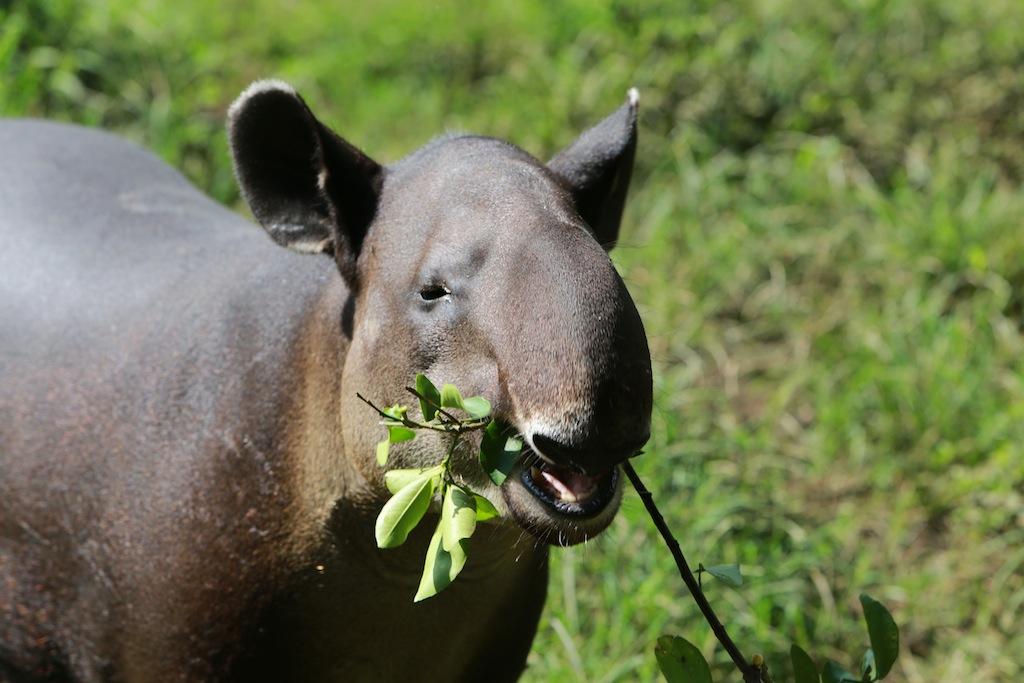A longer human life means more endangered animals, study says
This endangered tapir hopes you die young.
While increasing lifespans may be good for us, for wildlife it's a different story.
Researchers from the University of California, Davis said that human life expectancy is the largest predictor of extinctions and invasive species.
They made their findings by looking at 15 social and ecological variables, such as water stress, political stability and tourism.
Those findings were contrasted with the number of invasive and endangered species.
One hundred countries were used in the study, accounting for 87 percent of the world's population and 74 percent of Earth's landmass.
They found a number of fascinating facts, including that the US and New Zealand have the highest percentages of endangered and invasive birds.
African countries have the lowest.
They also found that higher GDPs were linked with endangered species.
Yet, above all, life expectancy was the key factor linked with endangered species.
“It’s not a random pattern,” said lead author Aaron Lotz.
"We need to start relating humans to the environment in our research and not leave them out of the equation. We need to realize we have a direct link to nature," he added, in a statement.
The study was published in the journal Ecology and Society.
Every day, reporters and producers at The World are hard at work bringing you human-centered news from across the globe. But we can’t do it without you. We need your support to ensure we can continue this work for another year.
Make a gift today, and you’ll help us unlock a matching gift of $67,000!
